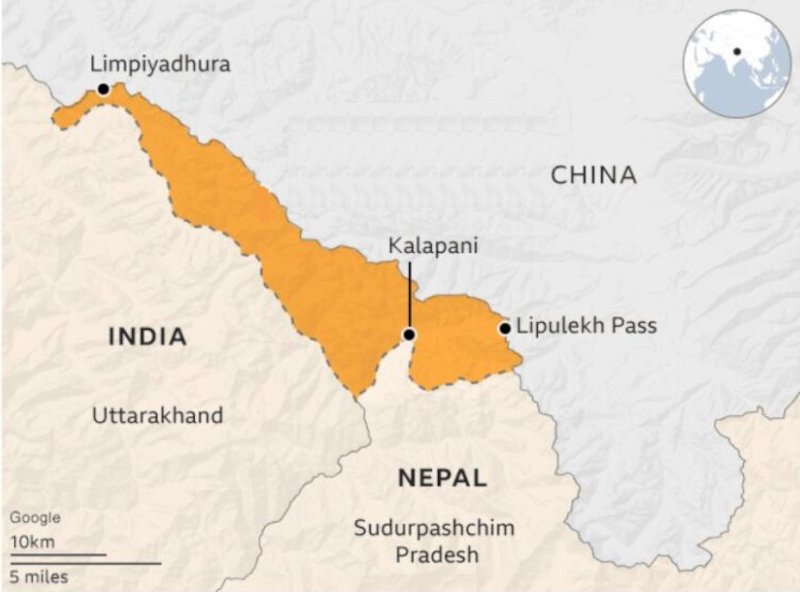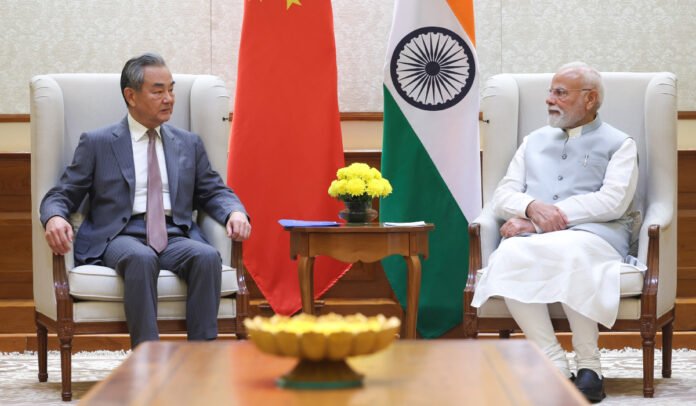In a significant diplomatic and economic breakthrough, India and China have agreed to reopen border trade routes, including the historic Lipulekh Pass in Uttarakhand, alongside Shipki La in Himachal Pradesh and Nathu La in Sikkim. The move comes after years of suspension due to security tensions and border stand-offs, signalling cautious steps toward rebuilding trust.
A Revival of Himalayan Trade
 Lipulekh Pass, situated in Pithoragarh district at an altitude of over 17,000 feet, has traditionally served as a crucial trade and pilgrimage route. It connects India’s Kumaon region with Tibet and is also one of the gateways for the Kailash Mansarovar Yatra. Trade through the pass had been halted amid escalating border disputes and the COVID-19 pandemic.
Lipulekh Pass, situated in Pithoragarh district at an altitude of over 17,000 feet, has traditionally served as a crucial trade and pilgrimage route. It connects India’s Kumaon region with Tibet and is also one of the gateways for the Kailash Mansarovar Yatra. Trade through the pass had been halted amid escalating border disputes and the COVID-19 pandemic.
Officials said the reopening will allow limited exchange of goods, especially traditional items like wool, salt, carpets, herbs, and handicrafts, which have historically sustained cross-border communities.
Diplomatic Significance
The decision was announced after a series of bilateral talks on boundary management and economic cooperation, where both sides agreed to separate trade from larger unresolved border disputes. Analysts see the move as a sign of measured de-escalation, aimed at stabilising ties while talks on contentious issues continue.
Economic Boost for Border Communities
For Uttarakhand, the resumption of trade through Lipulekh Pass is expected to bring an economic lifeline to local traders and border communities in Pithoragarh district. Residents have long demanded the reopening, citing loss of livelihoods since the closure. The renewed flow of goods is also likely to benefit small-scale industries and regional markets in Kumaon.
Security and Regulatory Measures

Authorities emphasised that strict security protocols and trade regulations will remain in place. Only licensed traders will be allowed to operate, and movement will be closely monitored by customs and border forces. Infrastructure upgrades on the Indian side are also being planned to facilitate smoother operations.
Looking Ahead
While symbolic, the reopening of Lipulekh Pass—along with Shipki La and Nathu La—marks a practical step in confidence-building between India and China. Observers caution, however, that the resumption of trade should not be mistaken for resolution of deeper boundary disputes, particularly in the Ladakh and Arunachal sectors.














